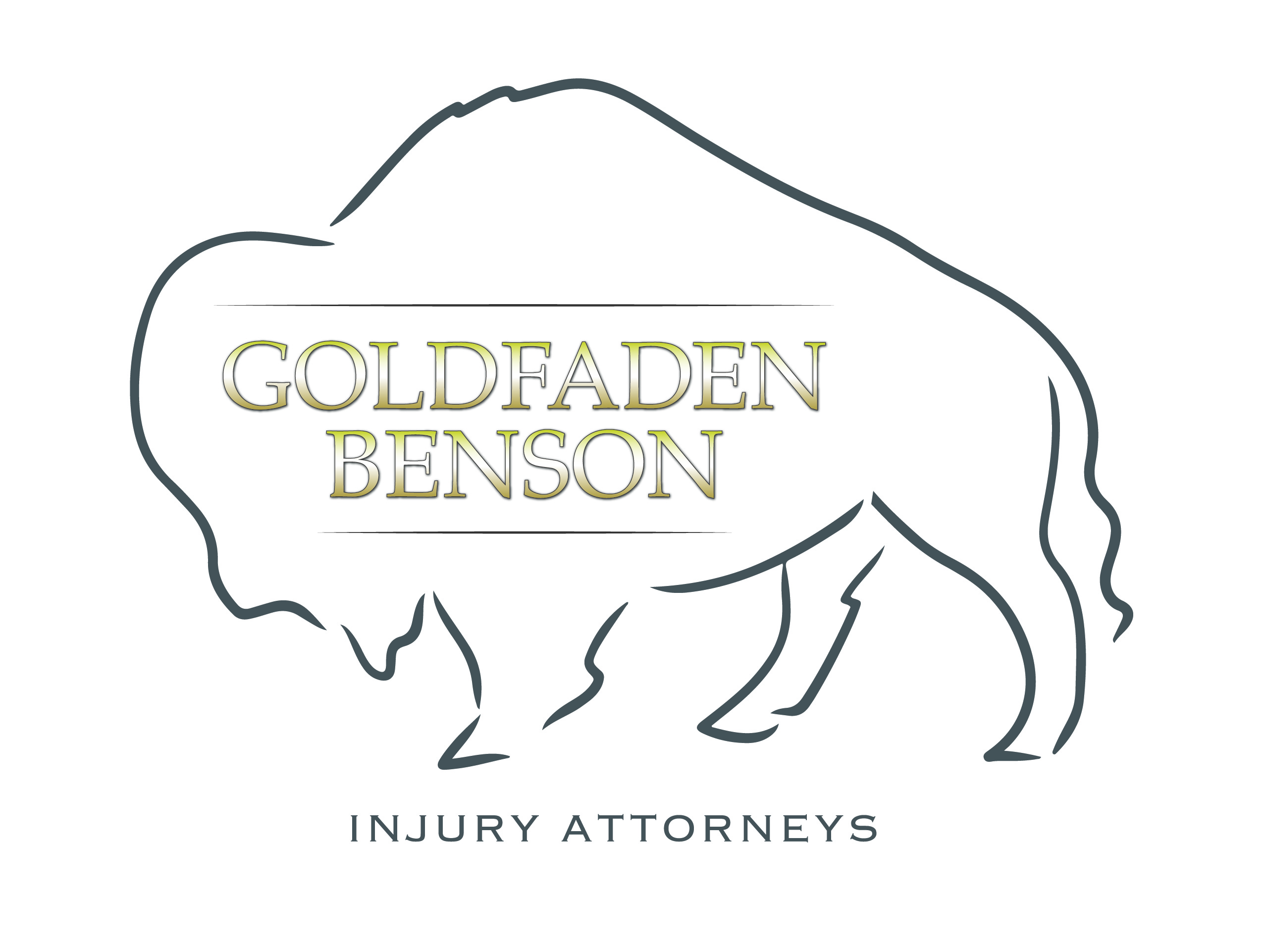Understanding Negligence: Key Elements You Need to Know
When we talk about personal injury law, one common cause of action you might hear is negligence. This concept is crucial because it can impact whether you receive compensation for injuries or damages suffered. But what does it really mean to prove negligence in a legal setting, specifically in California? This blog post will break down the essential elements of negligence to give you a clearer understanding.
Negligence in Everyday Terms
At its core, negligence occurs when someone fails to act with the standard of care that a reasonable person would exercise in a similar situation. Picture this: you are walking on a sidewalk, and suddenly, you trip because of a large pothole that has not been marked or repaired. That’s an example of negligence. The city had a duty to maintain safe sidewalks, and their failure to do so harmed you.
To establish a negligence claim, you must prove the following elements:
1. **Duty of Care**: The first step is to show that the defendant had a legal duty to act in a certain way toward the plaintiff. Essentially, they must have had a responsibility to avoid causing harm.
2. **Breach of Duty**: Next, you need to demonstrate that the defendant failed to uphold that duty. This means looking at whether their actions were unreasonable compared to how a reasonable person might have acted in similar circumstances. For instance, if a driver was speeding in a school zone, they are likely to have breached their duty of care toward pedestrians, especially children.
3. **Causation**: This part establishes a direct link between the defendant’s breach and the harm experienced by the plaintiff. You’ll need to show that the defendant’s actions were either the direct cause of the injury or a substantial factor in causing it. Continuing our example, if that speeding driver hit a pedestrian, the driver’s breach directly caused the injury.
4. **Damages**: Finally, you need to prove that the plaintiff suffered real damages as a result of the defendant's actions. These could include medical bills, lost wages, or emotional distress. Proving damages is essential because, without actual harm, there isn’t a case for negligence.
Why Understanding These Elements Matters
Ignoring any of these elements could jeopardize your ability to receive compensation. Even if you have been wronged, if you cannot establish these four key elements, your claim may not stand in court.
Consider this: If a store owner knows about a spill on the floor but leaves it untreated and a customer falls, that store owner can be held negligent. However, if the spilled liquid was clean and the store owner had no reasonable way of knowing it was there, they may not be found negligent.
Engaging with these concepts may feel overwhelming, but knowing the basics can serve as your guide should you ever find yourself dealing with personal injury matters.
If you have additional questions about negligence or other personal injury law concerns, we’re here to help. Don't hesitate to contact Goldfaden Benson for expert guidance tailored to your situation. Your safety and well-being are paramount, and we can support you through the complexities of your personal injury case.
Understanding negligence is the first step to seeking justice and ensuring that victims are fairly compensated. If you found this post helpful or want to dive deeper into how negligence might apply in a particular scenario, reach out to us today.







